Family-Focused Therapies for Bipolar Disorder
Kids and parents learn how to reduce symptoms and limit episodes
Clinical Expert: Mary Fristad, PhD
Key Takeaways
-
Recognizing early warning signs of bipolar disorder — like disrupted sleep, intense energy, or rapid mood swings — can help delay or reduce the severity of episodes and allow children to develop healthy coping skills to make the disorder less impairing.
-
Therapies called Family Psychoeducation Plus Skill Building engage parents and other family members to help kids with bipolar disorder by understanding the disorder and building skills together to prevent manic and depressive episodes and reduce symptoms.
-
Group therapy gives families and kids the chance to realize they’re not alone, while learning skills and building a shared language to manage symptoms — helping kids feel understood and reducing blame and shame.
-
In therapy kids with bipolar disorder and their families learn strategies to avoid irregular sleep, reduce conflict and alleviate stress — all things that can trigger episodes.
When a child or teen is struggling with bipolar disorder, it can be overwhelming — for the child and their whole family. The mood shifts aren’t just the usual highs and lows of growing up. They’re intense, unpredictable, and often hard to understand. But therapy that includes a role for parents as well as the child can prevent episodes and reduce the severity of symptoms. The earlier kids and families work together to control symptoms, the better the outcome.
What bipolar disorder looks like in kids and teens
Bipolar disorder in young people doesn’t always look the way you might expect. In adults, it’s often described as alternating episodes of mania and depression. In kids, things can be more rapid, more chaotic, and harder to pin down, explains Mary Fristad, PhD, an expert in mood disorders in children at Nationwide Children’s Hospital and professor emerita at The Ohio State University.
“A real red flag,” says Dr. Fristad, “is when kids, for several days on end, have increased energy — what I call ‘the too much.’ They don’t need to sleep as much. They have too much energy. They’re intrusive, in your face, their speech is louder and faster, and they’re not backing down in a way that doesn’t fit the situation.” She explains that this kind of behavior goes beyond typical childhood excitement. A kid staying up late because they’re excited about a birthday? That’s normal. But a kid who’s up at 2am reorganizing their bedroom or calling every number in their parent’s contact list — and isn’t tired the next day? That is likely something more.”
Dr. Fristad has also seen kids who unlock the door and wander the neighborhood in the middle of the night, or eat all the cheese in the refrigerator. “These are all examples I’ve seen,” she says. “And they can be very concerning if you don’t know what you’re looking at.”
Most diagnoses in young people happen in adolescence, after puberty, but Dr. Fristad has worked with kids as young as eight (and occasionally even younger).
Why catching it early matters
Ideally, kids with bipolar disorder can be identified before they have an full-blown episode of mania or depression. It’s possible to catch it during what experts call the “prodrome,” a period when early warning signs appear. “In the prodromal phase, we might see mood swings, irritability, sleep disruption, or anxiety,” Dr. Fristad explains, “but those symptoms are nonspecific — they could lead to bipolar disorder, or they might not.” That’s why careful monitoring and early intervention are so important, she adds: “The goal is to catch kids who are at high risk and provide support before symptoms get worse or more entrenched.”
Getting help early doesn’t necessarily prevent the condition, which runs in families, from developing. But it can delay more serious episodes and give kids time to develop healthy coping skills. “If it doesn’t show up until they’re 25 or 30 instead of 10 or 15,” she says, “think about how different that person’s life will be. They finish school. They build a healthier sense of self. They’ve developed ways of interacting with authority figures that work. That is a gift.”
Therapies for bipolar disorder
For young people with serious symptoms, therapy is usually recommended along with medication. There are three well-established forms of a type of therapy called Family Psychoeducation Plus Skill Building, which engages parents and other family members to help kids and teens with bipolar disorder:
- Family-Focused Therapy (FFT)
- Child- and Family-Focused Cognitive Behavioral Therapy (CFF-CBT)
- Multi-Family and Individual-Family Psychoeducational Psychotherapy (MF-PEP, IF-PEP)
Each one has a slightly different structure, but they all share a core approach: teaching families about the disorder and building skills together. “You can quibble over the differences,” Dr. Fristad says, “but they’re really cosmetic. It’s much more impressive that we’re all doing the same thing. These therapies are not just about understanding the diagnosis, they’re about giving families something they can use every day.”
What kids and families learn
All of these examples of Family Psychoeducation Plus Skill Building focus on a few key things:
Understanding mood symptoms
Families learn how symptoms show up in kids and how to recognize when things are starting to shift. “Kids and parents need to understand the symptoms and have a common language to talk about them,” says Dr. Fristad. “They need to be able to talk about it in a matter-of-fact way.”
Better communication
Parents and kids practice ways to talk that reduce conflict and improve understanding. “We want kids and parents to move from blaming to problem-solving,” says Dr. Fristad. That might mean using “I” statements (for example, saying “I feel…” or “it feels to me like…” rather than blaming the other person) or learning how to pause and take a break during a heated moment.
Emotion regulation tools
Kids learn coping strategies to calm down when they feel themselves getting stressed or upset. Dr. Fristad likes the acronym CARS: Creative, Active, Relaxation, and Social. These might be drawing, playing music, going for a walk, or texting a friend. The goal is to help kids recognize when they’re getting dysregulated and have options to help themselves get back on track. “We also spend time helping kids figure out what works for them specifically,” she says. “Some kids calm down with music. Some need to run around. Some just need to be left alone. We help families figure that out together.”
Problem-solving and planning
Families work together to make a plan: What are the early signs that a mood shift is coming? What should we do when that happens? “If you’re keeping a mood and medication log, you might find that flare-ups always happen when there’s a particular school stressor,” says Dr. Fristad. “That tells us we don’t need more medication — we need to address the problem at school.” Planning might also mean keeping track of sleep and sticking to a routine, while also being open to flexibility as situations arise. Again, the awareness of symptoms helps families plan to manage them.
Group vs. individual therapy
Family-focused approaches can happen one-on-one or in a group setting. Both can work well, but groups add something extra — connection. “Parents get so much support from seeing other parents who are in the same difficult situation,” says Dr. Fristad. “You look around the room and think, ‘Oh, you’re not a bad parent — and yet your kid gets out of control just like mine.’”
Kids benefit from that connection, too. “When kids hear another kid say, ‘I don’t sleep when I’m hyped up’ or ‘I cried all day for no reason,’ they realize they’re not alone.”
One activity Dr. Fristad uses with kids involves writing their strengths in one column on a piece of a paper and their symptoms in another. Then they fold the paper so only the strengths are visible. “The point of treatment,” she says, “is to put the symptoms behind you so the real you shows up.” And group settings help with stigma, too. “Families often feel so isolated. Being around others who get it — who truly understand — that’s powerful.”
If group therapy doesn’t work for a family, because of scheduling or privacy concerns, the same material can be covered in individual family sessions. “We meet families where they are,” says Dr. Fristad. “The important part is that they get the information and support.”
Where medication fits in
For most kids with bipolar disorder, therapy is combined with medication, which can include traditional mood stabilizers, such as lithium or valproate, and/or atypical antipsychotic medications. Part of therapy is helping families keep track of how things are going and communicate clearly with their prescriber. “We don’t prescribe medication in these therapy sessions,” says Dr. Fristad, “but we help families become better consumers of care.” That might mean keeping a log of side effects or noting when symptoms change.
Some kids with mild symptoms might be able to manage with therapy alone — especially if they have strong routines around sleep and nutrition. She emphasizes sleep as a treatment target: “We spend a lot of time helping families improve sleep hygiene because poor sleep can tip a kid into an episode. Sometimes fixing that piece makes a big difference.”
Other treatment options
In addition to the core therapies she’s developed and studied, Dr. Fristad notes there are other promising approaches that may help some children with bipolar disorder.
One is dialectical behavior therapy (DBT), originally developed for adults with borderline personality disorder. “DBT has a lot in common with what we do in family-focused therapy,” says Dr. Fristad. “It’s skills-based, it emphasizes emotion regulation, and it brings the family into treatment. It just uses a slightly different framework.”
Another is interpersonal and social rhythm therapy (IPSRT), a treatment that focuses on stabilizing daily routines like sleep, eating, and social activity to help regulate mood. It also addresses interpersonal stress by improving relationships and coping with life changes. By combining routine regulation with therapy for relationship challenges, IPSRT helps reduce the risk of future mood episodes. Family Psychoeducation Plus Skill Building also incorporates core principles of IPSRT, including regulating sleep and improving family relationships to reduce stress.
The takeaway for families
Therapy doesn’t fix everything overnight. But it can give families a sense of direction — and help kids feel more understood and in control. “You didn’t cause it,” Dr. Fristad tells parents. “But you can improve the course of it.” And to the kids, she says, “It’s not your fault, but it is your challenge. If you don’t learn the strategies to manage these symptoms, they have the potential to really mess up your life. And we don’t want that to happen.”
Was this article helpful?
Related Reading
-
 Early Signs of Bipolar Disorder in Teens
Catching the disorder before full onset improves outcomes
Early Signs of Bipolar Disorder in Teens
Catching the disorder before full onset improves outcomes
-
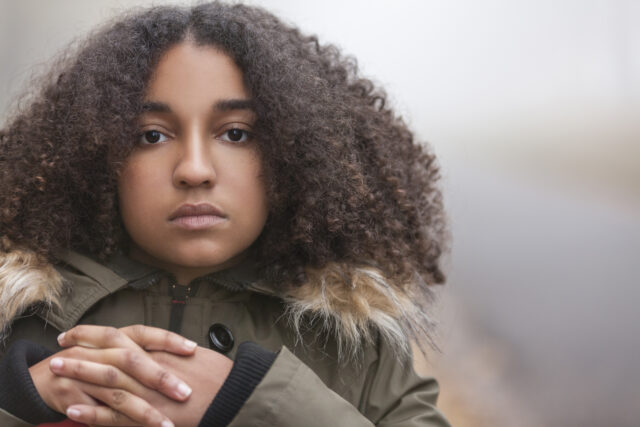 Bipolar Disorder: Why It’s Often Misdiagnosed
And how behavioral treatment, along with medicine, improves outcomes
Bipolar Disorder: Why It’s Often Misdiagnosed
And how behavioral treatment, along with medicine, improves outcomes
-
 What Medications Are Most Effective in Children With Bipolar Disorder?
The atypical antipsychotics are the evidence-based choice
What Medications Are Most Effective in Children With Bipolar Disorder?
The atypical antipsychotics are the evidence-based choice
-
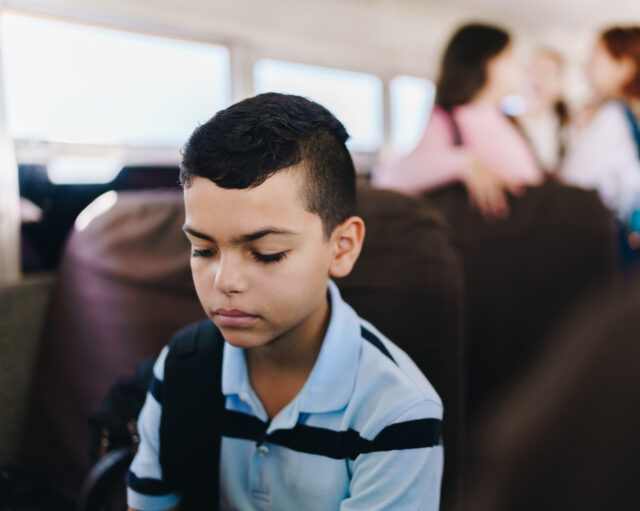 Bipolar Test for Kids and Teens
Our free Symptom Checker can help you determine if your child might have bipolar disorder
Bipolar Test for Kids and Teens
Our free Symptom Checker can help you determine if your child might have bipolar disorder
-
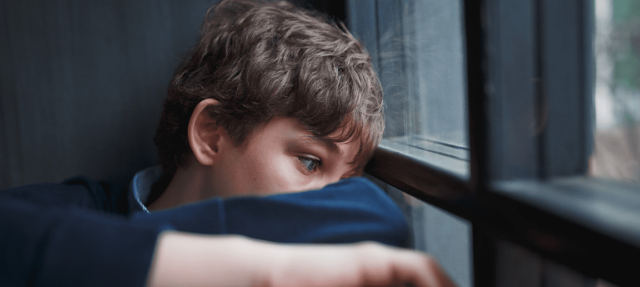 Complete Guide to Substance Use + Mental Health
When children are struggling with both a substance use disorder and a mental health disorder,…
Complete Guide to Substance Use + Mental Health
When children are struggling with both a substance use disorder and a mental health disorder,…
-
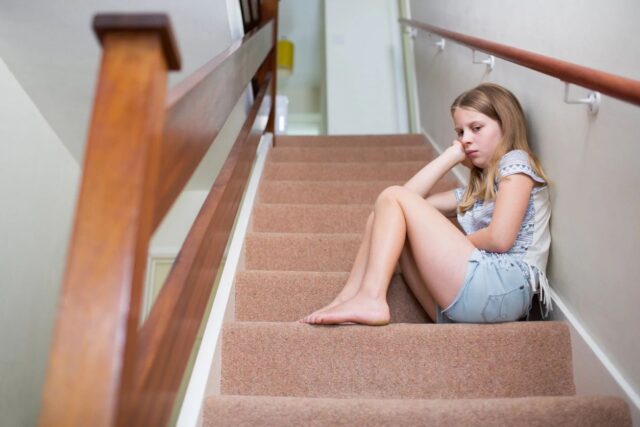 Quick Guide to Bipolar Disorder
Bipolar disorder is a mental health disorder that causes cycles of extreme emotional changes. Children and teenagers with…
Quick Guide to Bipolar Disorder
Bipolar disorder is a mental health disorder that causes cycles of extreme emotional changes. Children and teenagers with…
-
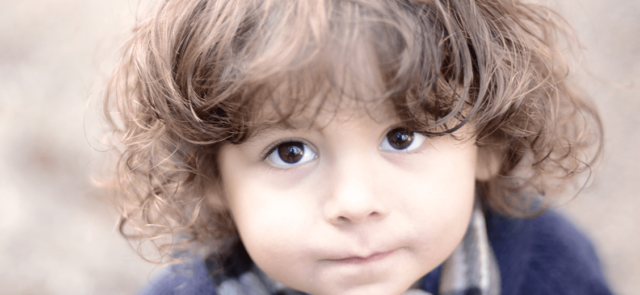 Side Effects of ADHD Medication
What to look for, and how to handle them
Side Effects of ADHD Medication
What to look for, and how to handle them
-
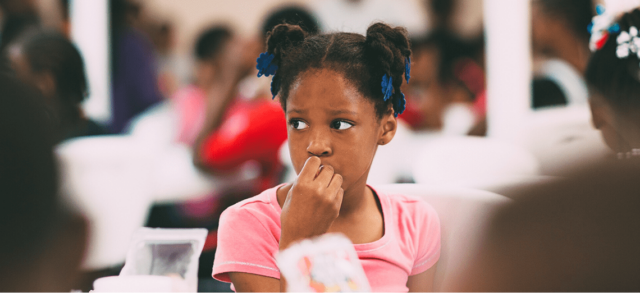 Is It ADHD or Bipolar Disorder?
Diagnosing children who may have bipolar disorder can be very difficult because there is symptom…
Is It ADHD or Bipolar Disorder?
Diagnosing children who may have bipolar disorder can be very difficult because there is symptom…
-
 Complete Guide to Getting Good Care
When a child is struggling, or their behavior worries you, it can be hard to…
Complete Guide to Getting Good Care
When a child is struggling, or their behavior worries you, it can be hard to…
-
 DBT: What Is Dialectical Behavior Therapy?
A treatment for children and teenagers with trouble managing emotions
DBT: What Is Dialectical Behavior Therapy?
A treatment for children and teenagers with trouble managing emotions
-
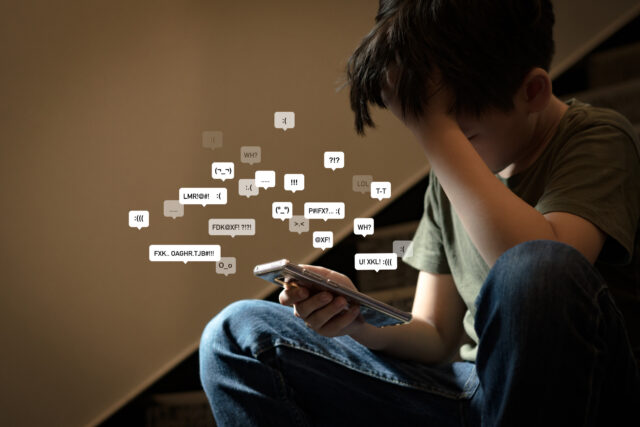 What Are the Kinds of Depression?
Depression is a common mental health condition that causes someone to be in a sad…
What Are the Kinds of Depression?
Depression is a common mental health condition that causes someone to be in a sad…
